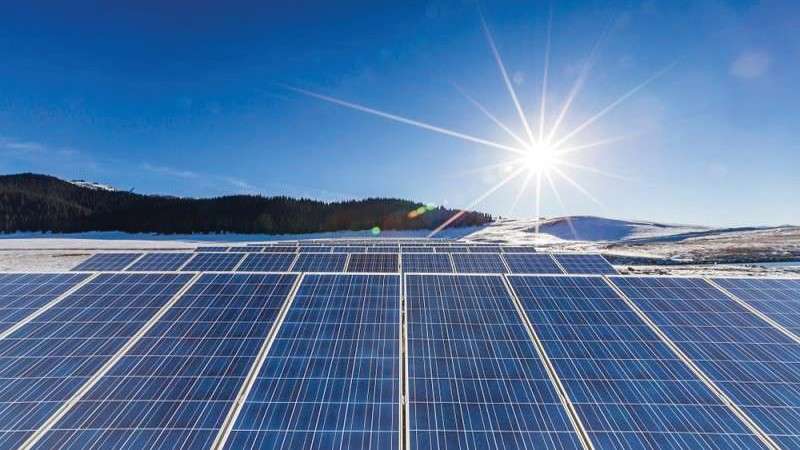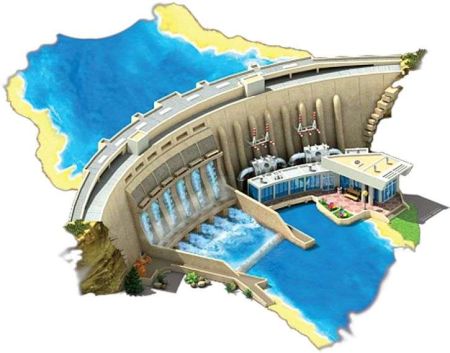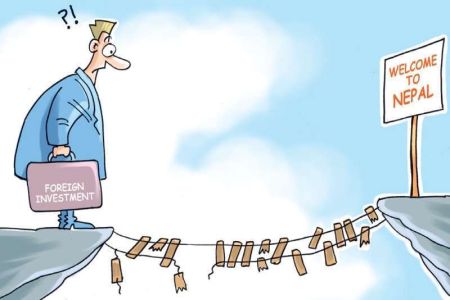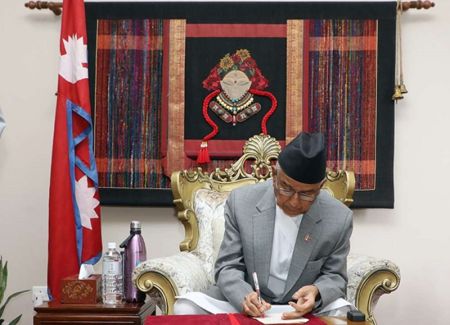Given that the majority of hydroelectric projects operate as run-of-river types, the Nepal Electricity Authority (NEA) encounters challenges, particularly in the winter season, in maintaining sufficient electricity supply. NEA Managing Director Kulman Ghising stated that this situation has compelled the power utility to prioritize solar energy to address energy supply needs during the winter months.
Previously, the authority had implemented a policy whereby only 10 percent of the total connected electricity capacity was sourced from solar energy. Ghising stated that the revised approach entails consuming 10 percent of the solar energy capacity as specified in the total power purchase agreement (PPA).
During the rainy season, Nepal usually exports electricity, but during the dry season, it must import electricity from India. Ghising stressed the importance of solar energy in meeting domestic electricity demand during this period.
The authority, which has embraced the concept of energy mix by prioritizing solar energy, has been procuring solar energy through competitive means. Previously, the authority procured solar energy at 7.30 rupees per unit, but since February last year, it has been purchasing it at 5.94 rupees per unit, which represents the maximum tariff.
Ghising mentioned that electricity production capacity has decreased to approximately 10 percent. As winter approaches, river water levels diminish each year, affecting electricity generation. As a result, the authority initiates the import of electricity from India starting in mid-November.
In line with the focus on solar energy, the Department of Electricity Development (DoED) has awarded survey licenses to 42 companies for the development of 735 MW of solar energy over the past four years.
Within this period, 14 companies have obtained construction licenses to establish solar power plants with a combined capacity of 99.36 megawatts. Additionally, in the current fiscal year (FY), the DoED has granted survey permissions for 77.2 MW of solar energy.






















